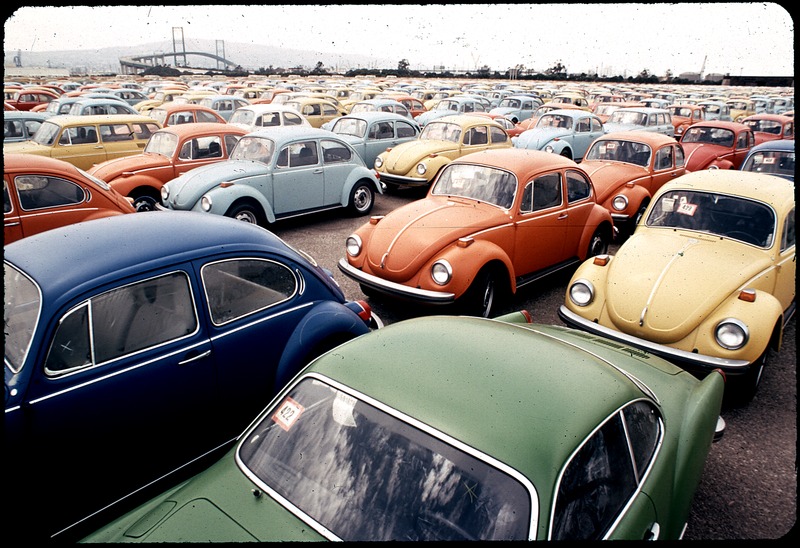Lessons learned from bacterial life forms may be used to unsnarl China’s horrible traffic. From Christopher Mims at the BBC:
“Two Chinese researchers have proved, at least theoretically, that insights borrowed from the lowly bacterium E. coli could markedly increase the throughput of a real-world traffic light in Guangzhou. No one knows what effect this could have if it were applied to an entire city, but it’s fitting that a solution from a class of algorithms that seek to mimic the collective behaviour of organisms should be applied to the teeming masses of Guangzhou’s trucks and automobiles.
![]() Traffic lights around the world, from Guangzhou to Geneva, are managed by computerised systems housed in a metal cabinet at the side of the road, which regulate the cycle of changes from red to green to red either through fixed time periods, or through sensors in the road that can detect when a car is stationary. Both options work well when traffic is low, less so during rush hour, as any driver will tell you.
Traffic lights around the world, from Guangzhou to Geneva, are managed by computerised systems housed in a metal cabinet at the side of the road, which regulate the cycle of changes from red to green to red either through fixed time periods, or through sensors in the road that can detect when a car is stationary. Both options work well when traffic is low, less so during rush hour, as any driver will tell you.
The solution Qin Liu and Jianmin Xu have proposed for improving flow during high traffic periods is what’s known as a Bacterial Foraging Optimisation (BFO) algorithm. The algorithm varies when and for how long a given light is red or green. So, for example, the algorithm has an almost traffic cop-like sense for which road at an intersection has a higher volume of traffic, and when to strategically deprioritise traffic that may be waiting on a less-used road. Simulations of a Guangzhou intersection showed that BFO-regulated lights reduce the average delay of vehicles by over 28% compared with those regulated by a fixed time cycle.
It’s part of a surprisingly rich history of applying algorithms inspired by nature to traffic light timing – researchers have applied everything from genetic algorithms to models of ant behaviour to the problem. And it’s not just traffic lights – BFO can be used on just about any engineering problem, from tuning the behaviour of simple automated control systems, such as those used to regulate the level of water in water towers, to determining the lightest and strongest configuration of structural elements in a building.”
••••••••••
Godardian traffic jam, 1967:

